Mini Introduces New Cooper SE Electric With Lackluster Range
A few short years ago, there were very few players in the electric vehicle marketplace, with cars like the first-generation Leaf topping out with 73 miles of range. Since then, we’ve seen EVs like the Tesla Model 3 that are rated with 310 miles of range and some models can go even farther between finding a charge point. In this growing and competitive market, Mini introduced an all-new electric Mini, called the Cooper SE.
The Cooper SE is an all electric car with a 135 kW electric motor good for 181 horsepower and 199 lb-ft of torque. Mini doesn’t cite U.S. EPA estimated range numbers, but they are claiming a range of 235 to 270 kilometers. A direct conversion to miles would be — checks notes — 146 miles. Since the European testing cycle is optimistic, the EPA range is likely to sit around 114 miles according to Automotive News.
That’s missing the mark. By a lot.
Maybe it’ll make up for the lack of range by fast charging? Mini says that the Cooper SE will be take advantage of 50 kW fast charging. The Leaf Plus can use a 100 kW fast charger, and Tesla’s later Supercharger stations can pump out the juice at 250 kW. So does it make up for it in charging? No.
Maybe the driving experience will be better in this than other EVs? Mini claims that the Cooper SE is only 319 pounds heavier than the Cooper S with the automatic transmission. On a car this size, that weight would be noticeable if you drove them both back-to-back, but at 3,009 pounds the Cooper SE is still pretty light. Though there aren’t too many people who climb out of a Model 3, especially the Performance version, and think that the experience wasn’t fun.
Mini suggests a 0-60 mph run in 7.3 seconds and a top speed of 93.2 mph. Car and Driver tested a Kona EV and it did the same run in 6.2 seconds (and our first drive proved it to be more sprightly than advertised around town). Nissan’s Leaf Plus has a top speed of 99 mph; the Kona can do 104.
So why choose the Mini Cooper SE over the competition? Because it’s a Mini? Like the bigger, PHEV Countryman SE with an electric range of just 12 miles, the Cooper SE misses the mark on competitiveness. It looks great, especially with the concept’s wheels and the yellow trim pieces, and it’ll surely drive well on a back road. But Minis aren’t usually cheap transportation, making this an expensive city runabout once the brand publishes the official MSRP.
Minis are some of the best driving front-wheel drive cars on the planet, but this one reeks of emissions compliance. Mini is a better car company than this. In this competitive segment they need to do better.
[Images: Mini]
More by Chad Kirchner
Latest Car Reviews
Read moreLatest Product Reviews
Read moreRecent Comments
- Mike-NB2 This is a mostly uninformed vote, but I'll go with the Mazda 3 too.I haven't driven a new Civic, so I can't say anything about it, but two weeks ago I had a 2023 Corolla as a rental. While I can understand why so many people buy these, I was surprised at how bad the CVT is. Many rentals I've driven have a CVT and while I know it has one and can tell, they aren't usually too bad. I'd never own a car with a CVT, but I can live with one as a rental. But the Corolla's CVT was terrible. It was like it screamed "CVT!" the whole time. On the highway with cruise control on, I could feel it adjusting to track the set speed. Passing on the highway (two-lane) was risky. The engine isn't under-powered, but the CVT makes it seem that way.A minor complaint is about the steering. It's waaaay over-assisted. At low speeds, it's like a 70s LTD with one-finger effort. Maybe that's deliberate though, given the Corolla's demographic.
- Mike-NB2 2019 Ranger - 30,000 miles / 50,000 km. Nothing but oil changes. Original tires are being replaced a week from Wednesday. (Not all that mileage is on the original A/S tires. I put dedicated winter rims/tires on it every winter.)2024 - Golf R - 1700 miles / 2800 km. Not really broken in yet. Nothing but gas in the tank.
- SaulTigh I've got a 2014 F150 with 87K on the clock and have spent exactly $4,180.77 in maintenance and repairs in that time. That's pretty hard to beat.Hard to say on my 2019 Mercedes, because I prepaid for three years of service (B,A,B) and am getting the last of those at the end of the month. Did just drop $1,700 on new Michelins for it at Tire Rack. Tires for the F150 late last year were under $700, so I'd say the Benz is roughly 2 to 3 times as pricy for anything over the Ford.I have the F150 serviced at a large independent shop, the Benz at the dealership.
- Bike Rather have a union negotiating my pay rises with inflation at the moment.
- Bike Poor Redapple won't be sitting down for a while after opening that can of Whiparse




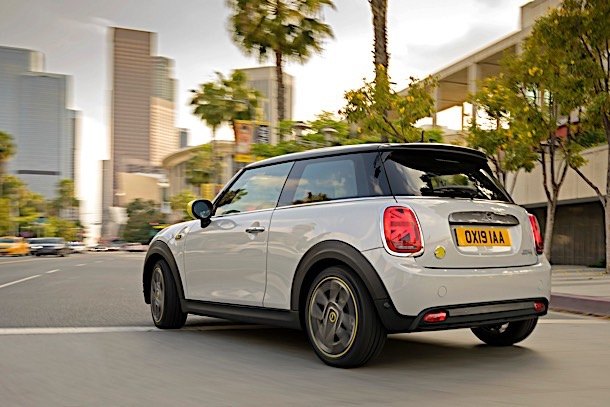

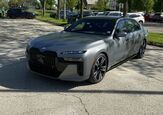











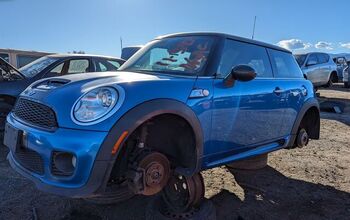
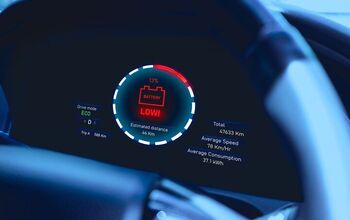
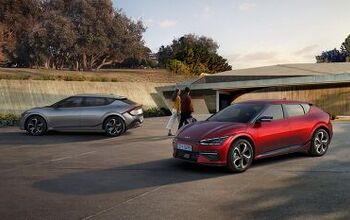
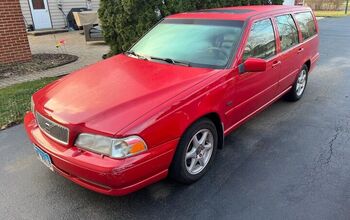
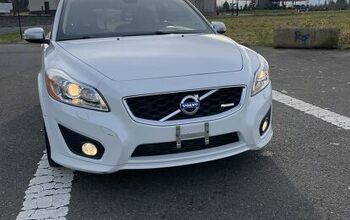

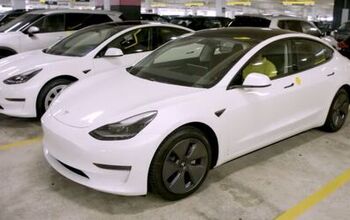

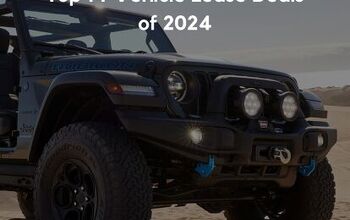

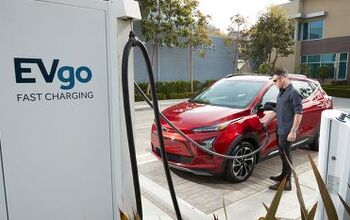
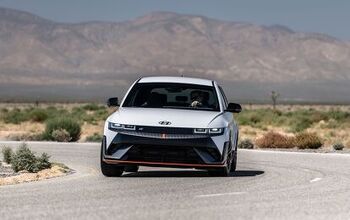

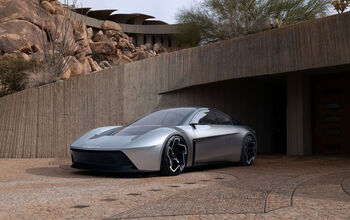

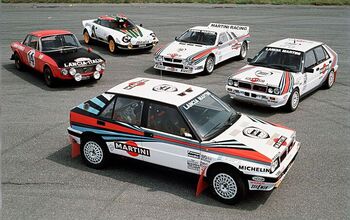
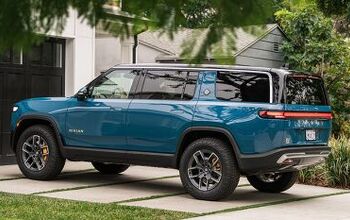

Comments
Join the conversation
More range = more potteries = more weight. Within reason, I like lightweight cars more than the heavier versions.
Well, what is Mini going to do when the Honda e comes out? The Honda will be rear wheel drive, have almost the same power (150hp vs. 184hp), more torque (300Nm vs. 270Nm) and has a marginally larger battery (35,5kWh vs. 32,6kWh), and DC charging is double (100kW vs. 50kW). What if the rumours of pricing are true and the Honda e only costs about 30k€ and the Mini 31k€, with the Mini expected to be much more basic equitpment-wise, with customers having to spend about 40k€ for the Mini to be well optioned out vs. the Honda e having the better equipment level at around 35k€? What does speak for the Mini, a lot, is that it has a heat pump as standard equipment which is an absolutely huge advantage for efficiency in most climates for most of the year. While it is possible that the Honda e will also have a heat pump it's very doubtful.